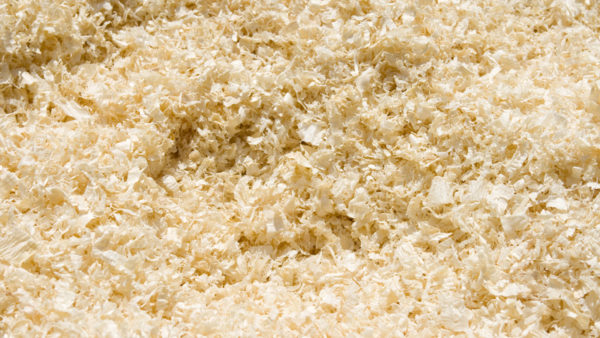11 September 2013
Researchers at Princeton University have found a way to embed ultrathin radios in plastic sheets – without melting the plastic.
It’s a breakthrough that could ramp up the ability of walls, bridges and any other structure to transmit much more data about what’s happening to them.
The plastic sheets are as thin as wallpaper, and flexible, so they can be applied to irregular surfaces such as bridge decks or columns.
With solar cells on the sheets, they can also be self-powered.
Amid all the talk these days about “smart buildings”, the sensing and communicating capabilities of materials are often taken for granted, but this research constitutes a very practical step forward and, ironically, it relied on a radio innovation from 1922.
We’re melting
Radios require a relatively high frequency to operate, and that has been impractical for uses in thin plastics because plastic tends to melt at the high temperatures used to create circuitry.
“Radios have been a real challenge,” said Naveen Verma, an assistant professor of electrical engineering at Princeton, and one of the project’s principal researchers.
In recent years, researchers have developed techniques to avoid damaging the plastic. In 2008 Princeton scientists Sigurd Wagner and James Sturm developed transistors using amorphous silicon that kept the plastic intact, but the transistors were not very powerful.
The collaborators on the project didn’t give up, however. Naveen Verma and a team of graduate students hit on the idea of using a circuit developed in 1922 by the father of FM radio, Edwin Armstrong.

From left, Professors James Sturm, Naveen Verma and Sigurd Wagner draw on a wide range of expertise to build complex electronic devices on thin plastic sheets (Frank Wojciechowski/Courtesy of Princeton University)
Called a super-regenerative circuit, the setup bounces electrons between a capacitor and an inductor, allowing high frequency performance independent of the transistors.
The research team is now working with Branko Glišic, an assistant professor of civil and environmental engineering, to develop a flexible structural health monitoring system for use on bridges, buildings, pipelines and other structures.
The big picture
Currently, engineers can use single-point sensors or fiber optic strips to detect structural problems, so what’s the advantage of radio-infused wallpaper?
GliÅ¡ic explained that the devices in use now can collect data over relatively small spaces, which means that if you don’t have a sensor in the exact spot where a problem occurs, it goes undetected.
He gave the example of the collapse in 2007 of a highway bridge in Minneapolis: the problem there developed over a gusset plate with an area of several square meters.
That’s too large an area for current monitoring systems to survey, said GliÅ¡ic, who is working to develop the sensors with a Federal Highway Administration grant.
“In this large area of structure, which is really huge, the problem can start at virtually any point and if you don’t have sensors at that point, you are not likely to find the problem before the damage becomes substantial,” he said.
Unlike the point systems, the plastic sensing sheets would contain many linked sensors and be able to detect impending problems over a wide area – and transmit the data.
The technology is not yet ready for deployment – the researchers are currently conducting tests on scale models.
“We will have a prototype in September, but it will probably need several more years of research and development,” GliÅ¡ic said. “We are moving ahead, step by step.”
Source: Princeton University










